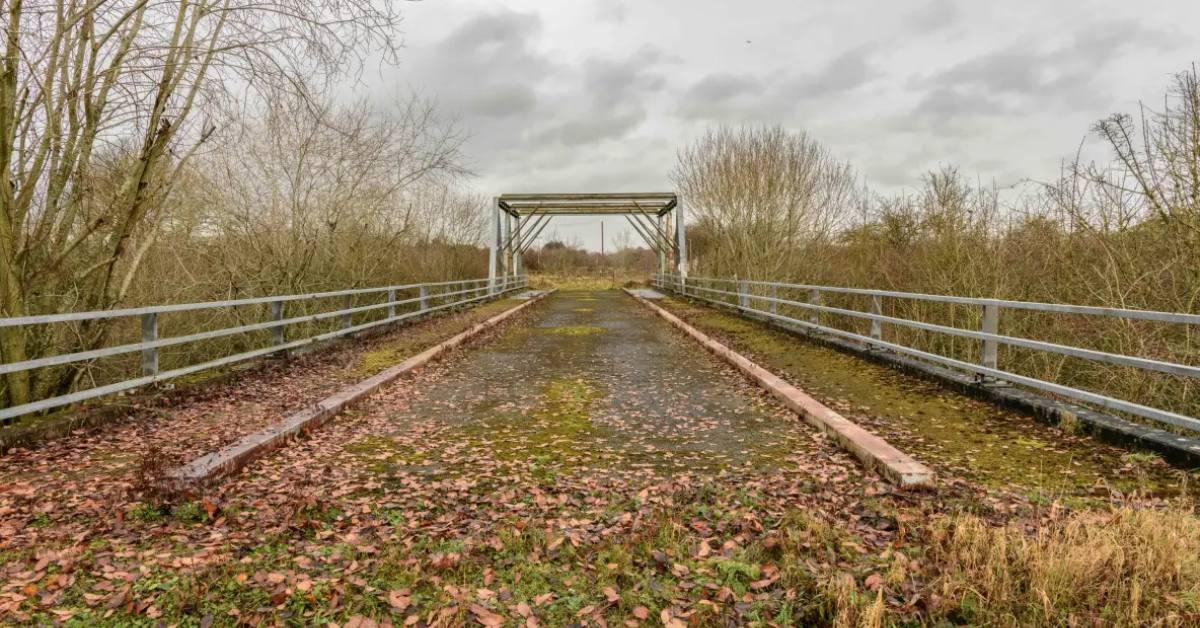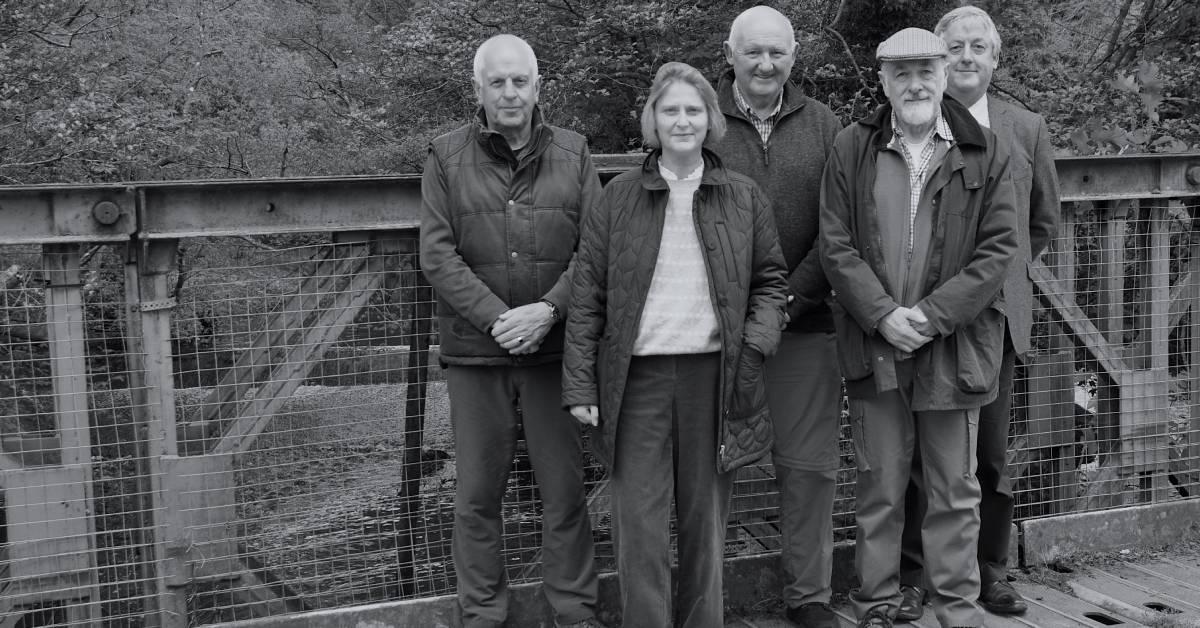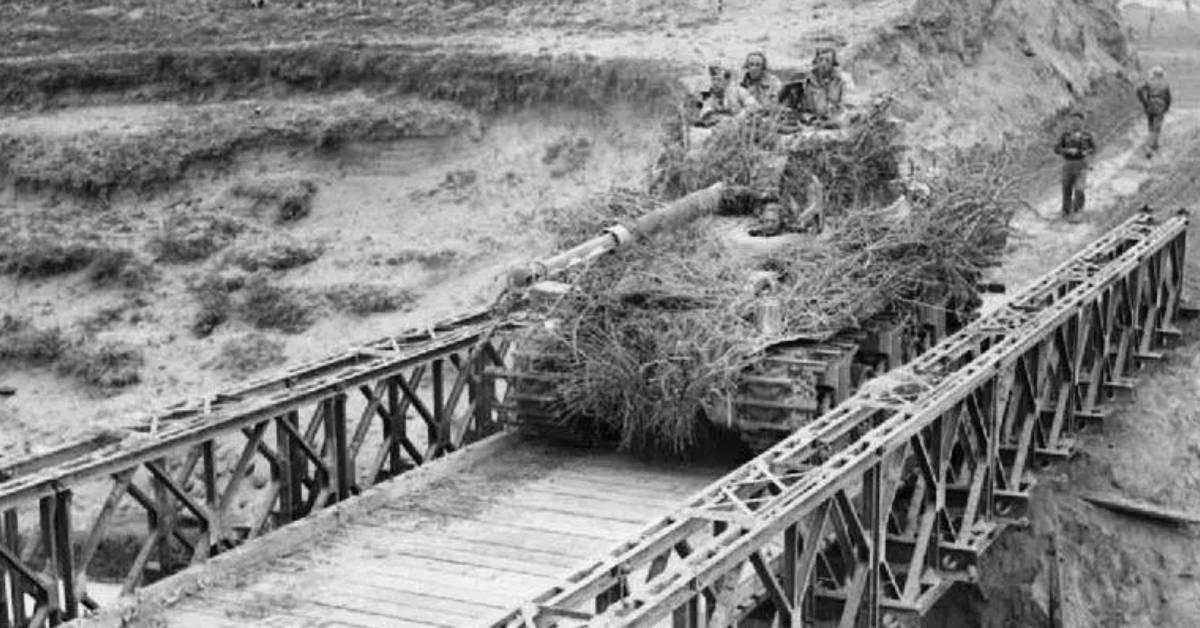Subscribe to trusted local news
In a time of both misinformation and too much information, quality journalism is more crucial than ever. By subscribing, you can help us get the story right.
- Subscription costs less than £1 a week with an annual plan.
Already a subscriber? Log in here.
10
Apr 2024
Troops rallied in fight to save Ripon's priceless military heritage

'Heritage Worth Fighting For' is the battlecry of Ripon Military Heritage Trust, as it steps up its campaign to save priceless elements of the city's world war history from the bulldozer.
The trust, which was established last year, has created a website to raise awareness of its work and attract support from the public and interested parties locally, nationally and internationally.
The heritage items that they are fighting to save include buildings, bridges and other structures that help to tell the story of the strategic role that Ripon played in two world wars and other conflicts.
Each of the heritage assets are located on the Ripon barracks site, where the 1,300-home Clotherholme development led by Homes England - the government's housing and regeneration agency - is due to begin in 2026, when the Royal Engineers vacate the base that has been their home for decades.

Guy Wilson (fourth from left) is pictured with fellow trustees Lt Col (Retd) Bob Lisle, Jane Furse, Stuart Martin and Michael Furse. Picture RMHT
Chairman of trustees Guy Wilson is, along with fellow trustees, using the website to make a passionate rallying call.
Mr Wilson, who was previously responsible for bringing the Royal Armouries Museum to Leeds in 1988, told the Stray Ferret:
Mr Wilson added:
D-Day for decision makers
Mr Wilson said the forthcoming 80th anniversary of D-Day on June 6 presented an opportunity to make the case to a wider audience because of the link between the threatened heritage in Ripon and the success of D-Day.
He added:
The Royal Engineers' vital role in the Second World War
During the Second World War, the School of Military Engineering was relocated from Chatham to Ripon. With it came the ancillary training establishments which taught critical skills such as bomb disposal and anti-tank warfare.
Combat engineers, both British and allied, were trained at Ripon in such skills as bridging and mine clearance. US Army Engineers came to the city after Pearl Harbour to learn how to defuse unexploded bombs and then a US section of the School of Military Engineering was established in Ripon so allied forces could be taught the same things.
On D-Day, some 25% of the troops that landed in Normandy were engineers, far more than normal for combat, but essential as the engineers had so much to do to get the troops safely ashore and moving inland.

British and allied forces were taught in Ripon how to install Bailey Bridges, such as this one in Imola, Italy, which is being crossed by a Sherman Firefly tank. Picture: Wikipedia
Mr Wilson said:
Funding for the trust's work
Mr Wilson added:
Support from Ripon City Council
The leader of Ripon City Council, Councillor Andrew Williams, said:
He added:
What Homes England says
In a previous statement Homes England, said:
The government housebuilding agency added:
- Details for the heritage strategy, its funding, and potential use of the existing military structures continue to be fine-tuned as part of the planning application process.
- As part of ongoing discussions with North Yorkshire Council, Homes England and The Defence Infrastructure Organisation have committed to spending £100.000 towards the progression of the submitted heritage strategy. The council has asked Homes England / the DIO to continue engagement with Ripon Military Heritage Trust over the submitted heritage strategy and a number of options are now being explored as part of those discussions.
Read more:
- Trust fights to save Ripon’s priceless military heritage
- Ripon volunteers prepare for D-Day anniversary

0